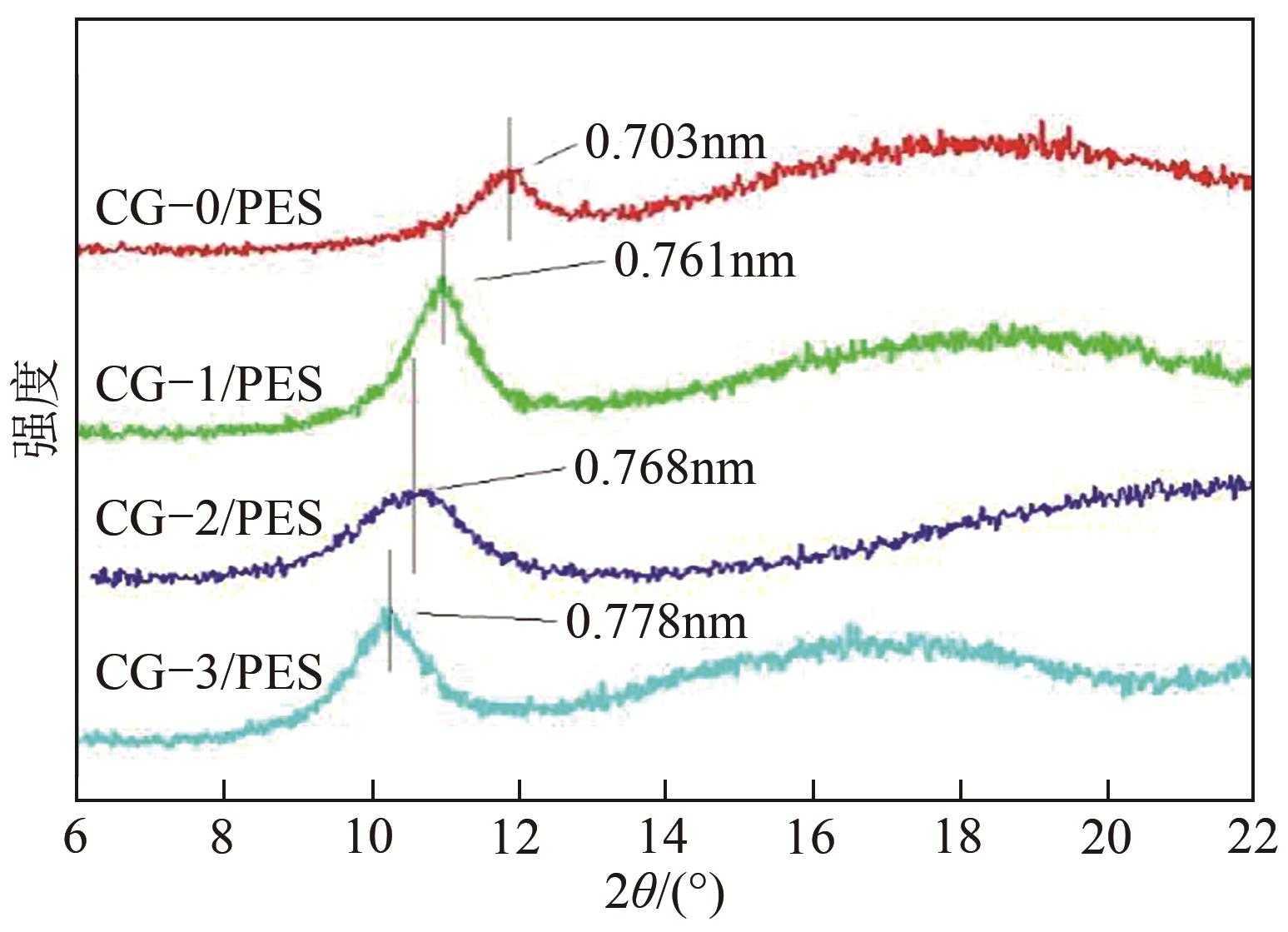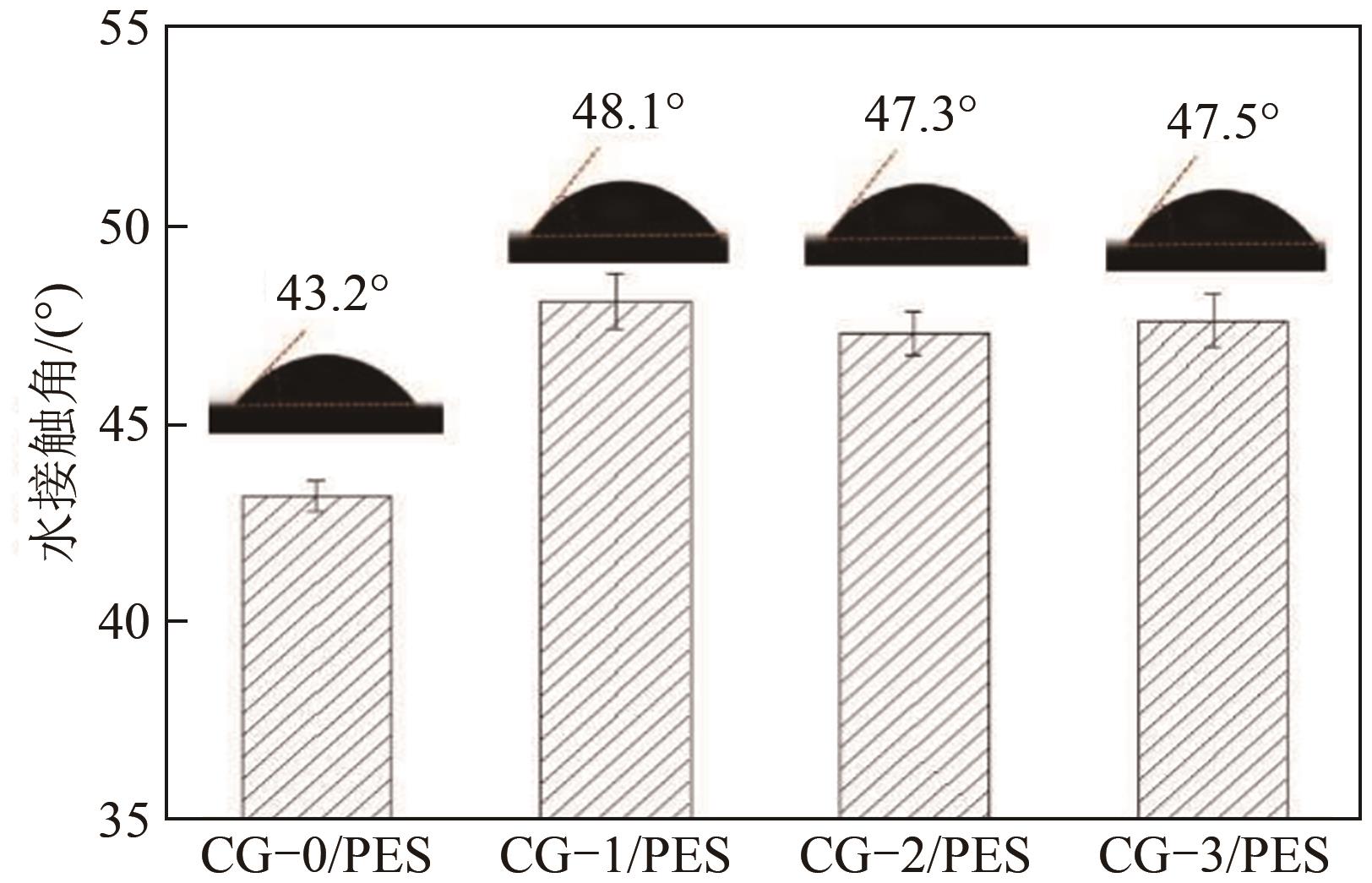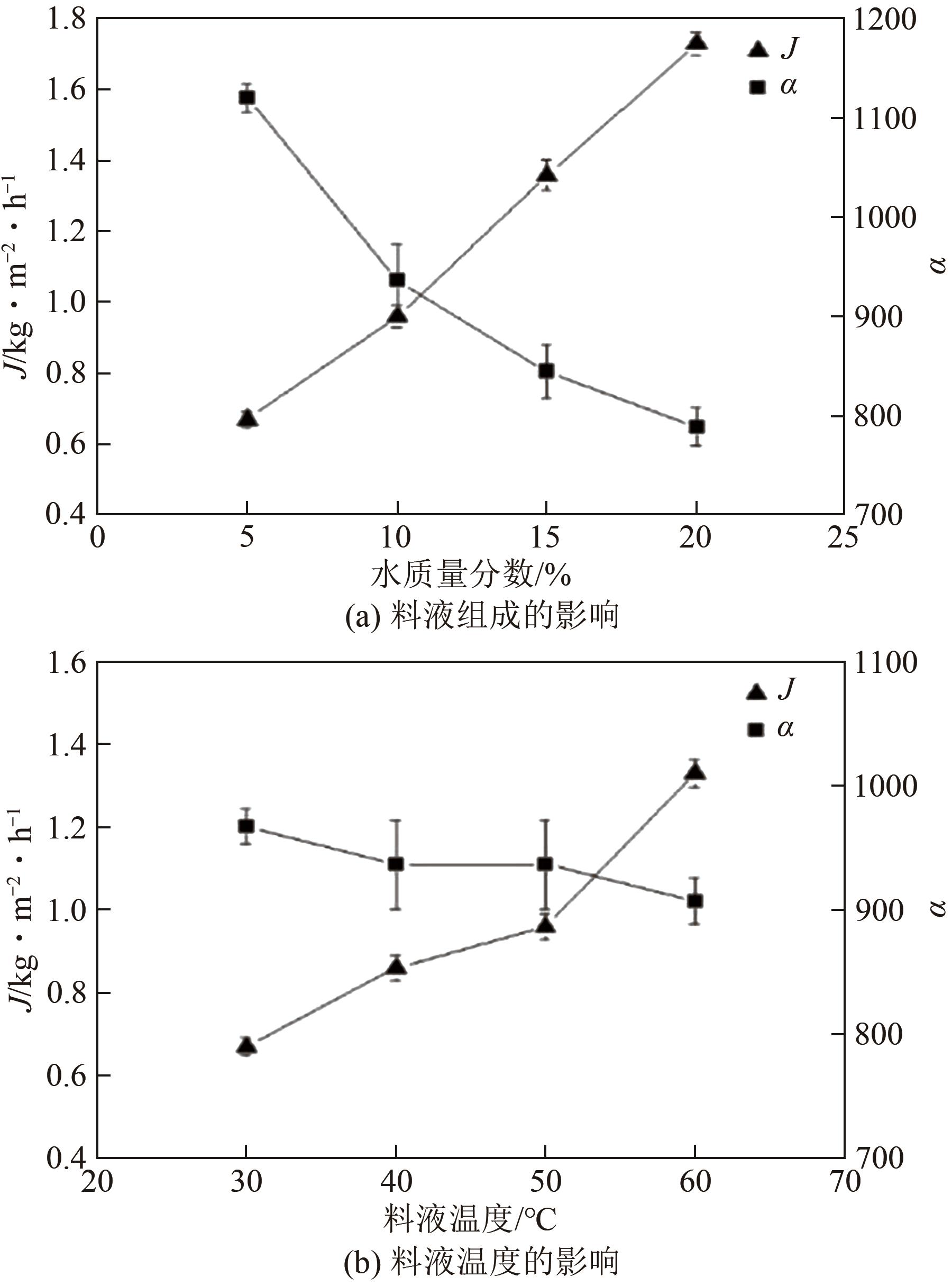| 1 |
TANG W Y, LOU H, LI Y F, et al. Ionic liquid modified graphene oxide-PEBA mixed matrix membrane for pervaporation of butanol aqueous solutions[J]. Journal of Membrane Science, 2019, 581: 93-104.
|
| 2 |
LIU Q, LI Y K, LI Q Q, et al. Mixed-matrix hollow fiber composite membranes comprising of PEBA and MOF for pervaporation separation of ethanol/water mixtures[J]. Separation and Purification Technology, 2019, 214: 2-10.
|
| 3 |
韩光鲁, 陈哲, 张永辉, 等. 来瓦希尔骨架材料MIL-53(Al)填充PEBA膜渗透汽化分离水中苯胺[J]. 化工进展, 2020, 39(6): 2345-2353.
|
|
HAN Guanglu, CHEN Zhe, ZHANG Yonghui, et al. Lavoisier framework MIL-53(Al) incorporated PEBA membranes for pervaporation separation of aniline from water[J]. Chemical Industry and Engineering Progress, 2020, 39(6): 2345-2353.
|
| 4 |
戚律, 周元冲, 徐荣, 等. P84共聚聚酰亚胺-聚乙烯吡咯烷酮/聚丙烯腈复合膜的制备及其渗透汽化分离甲醇/四氢呋喃[J]. 化工进展, 2019, 38(2): 971-978.
|
|
QI Lü, ZHOU Yuanchong, XU Rong, et al. Preparation of P84 copolyimide-polyvinylpyrrolidone/polyacrylonitrile composite membranes for separation of methanol/tetrahydrofuran by pervaporation[J]. Chemical Industry and Engineering Progress, 2019, 38(2): 971-978.
|
| 5 |
CHEN M M, WU X M, SOYEKWO F, et al. Toward improved hydrophilicity of polymers of intrinsic microporosity for pervaporation dehydration of ethylene glycol[J]. Separation and Purification Technology, 2017, 174: 166-173.
|
| 6 |
ZHANG X, WANG M, JI C H, et al. Multilayer assembled CS-PSS/ceramic hollow fiber membranes for pervaporation dehydration[J]. Separation and Purification Technology, 2018, 203: 84-92.
|
| 7 |
SU Z B, CHEN J H, SUN X, et al. Amine-functionalized metal organic framework [NH2-MIL-125(Ti)] incorporated sodium alginate mixed matrix membranes for dehydration of acetic acid by pervaporation[J]. RSC Advances, 2015, 5(120): 99008-99017.
|
| 8 |
XING Y L, XU G R, AN Z H, et al. Laminated GO membranes for water transport and ions selectivity: mechanism, synthesis, stabilization, and applications[J]. Separation and Purification Technology, 2021, 259: 118192.
|
| 9 |
SECCHI E, MARBACH S, NIGUÈS A, et al. Massive radius-dependent flow slippage in carbon nanotubes[J]. Nature, 2016, 537(7619): 210-213.
|
| 10 |
YANG J J, GONG D, LI G H, et al. Self-assembly of thiourea-crosslinked graphene oxide framework membranes toward separation of small molecules[J]. Advanced Materials, 2018, 30(16): 1705775.
|
| 11 |
LI G H, SHI L, ZENG G F, et al. Sharp molecular-sieving of alcohol-water mixtures over phenyldiboronic acid pillared graphene oxide framework(GOF) hybrid membrane[J]. Chemical Communications, 2015, 51(34): 7345-7348.
|
| 12 |
RAN J, CHU C Q, PAN T, et al. Non-covalent cross-linking to boost the stability and permeability of graphene-oxide-based membranes[J]. Journal of Materials Chemistry A, 2019, 7(14): 8085-8091.
|
| 13 |
PAN F S, LI Y, SONG Y M, et al. Graphene oxide membranes with fixed interlayer distance via dual crosslinkers for efficient liquid molecular separations[J]. Journal of Membrane Science, 2020, 595: 117486.
|
| 14 |
HUNG W S, TSOU C H, DE GUZMAN M, et al. Cross-linking with diamine monomers to prepare composite graphene oxide-framework membranes with varying d-spacing[J]. Chemistry of Materials, 2014, 26(9): 2983-2990.
|
| 15 |
QIAN Y L, ZHANG X L, LIU C Y, et al. Tuning interlayer spacing of graphene oxide membranes with enhanced desalination performance[J]. Desalination, 2019, 460: 56-63.
|
| 16 |
JIA Z Q, WANG Y. Covalently crosslinked graphene oxide membranes by esterification reactions for ions separation[J]. Journal of Materials Chemistry A, 2015, 3(8): 4405-4412.
|
| 17 |
CHEN L, SHI G S, SHEN J, et al. Ion sieving in graphene oxide membranes via cationic control of interlayer spacing[J]. Nature, 2017, 550(7676): 380-383.
|
| 18 |
GUAN K C, LIU Q, ZHOU G Y, et al. Cation-diffusion controlled formation of thin graphene oxide composite membranes for efficient ethanol dehydration[J]. Science China Materials, 2019, 62(7): 925-935.
|
| 19 |
CHENG L, GUAN K C, LIU G P, et al. Cysteamine-crosslinked graphene oxide membrane with enhanced hydrogen separation property[J]. Journal of Membrane Science, 2020, 595: 117568.
|
| 20 |
MAO Y Y, ZHANG M C, CHENG L, et al. Bola-amphiphile-imidazole embedded GO membrane with enhanced solvent dehydration properties[J]. Journal of Membrane Science, 2020, 595: 117545.
|
| 21 |
LIANG F, LIU Q, ZHAO J, et al. Ultrafast water-selective permeation through graphene oxide membrane with water transport promoters[J]. AIChE Journal, 2020, 66(2): e16812.
|
| 22 |
ZHANG H J, BIN L, PAN J F, et al. Carboxyl-functionalized graphene oxide polyamide nanofiltration membrane for desalination of dye solutions containing monovalent salt[J]. Journal of Membrane Science, 2017, 539: 128-137.
|
 ), 路宽1, 吕杰1, 张永辉1(
), 路宽1, 吕杰1, 张永辉1( ), 陈墨涵1
), 陈墨涵1
 ), LU Kuan1, LYU Jie1, ZHANG Yonghui1(
), LU Kuan1, LYU Jie1, ZHANG Yonghui1( ), CHEN Mohan1
), CHEN Mohan1








